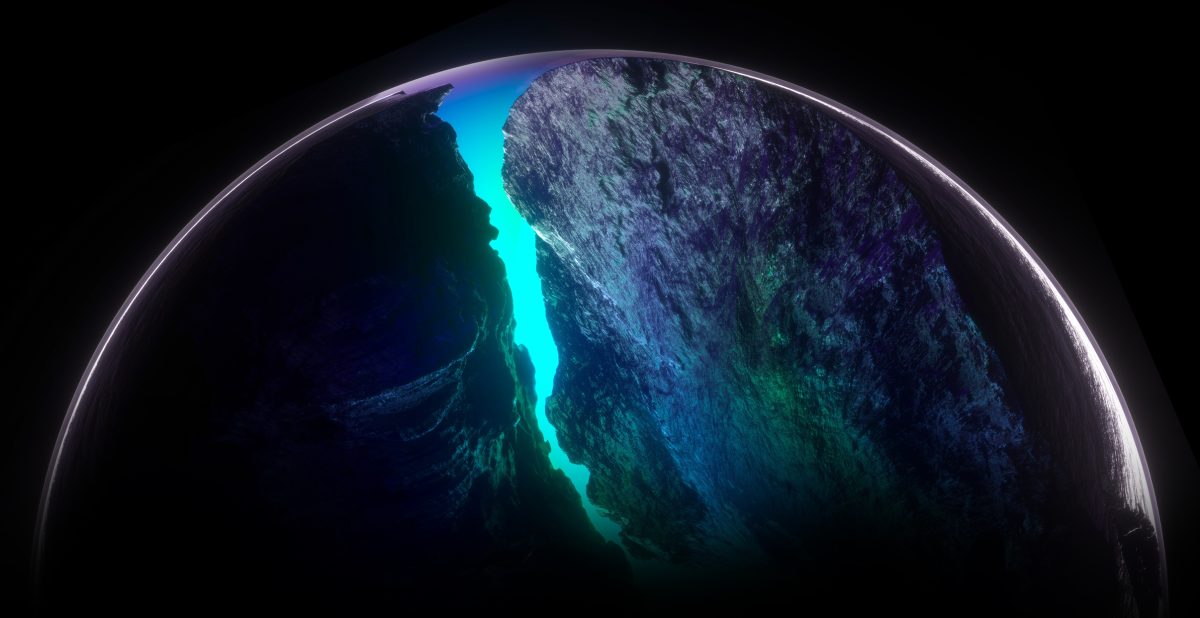What Has Been Found in the Deep Waters of the Mariana Trench?
Posted on Categories Discover Magazine

The ocean is unfathomably deep.
To try to fathom it, picture trekking from sea level to the top of the world’s tallest peak, Mount Everest. If it was inverted above the Mariana Trench, the submerged tip would come more than a mile short of the seafloor.
This deepest region known in our seas — a crescent-shaped canyon near Guam and the Mariana Islands — is located in the western Pacific Ocean.
How Deep Is the Mariana Trench?
Some measurements in the Mariana Trench have charted depths exceeding 6.5 miles (or 36,000 feet) in the deepest spot, dubbed Challenger Deep.
The alien world is devoid of light. The weight of the ocean above it creates pressure around 15,750 pounds per square inch (more than 1,000 times what we experience on land). And typical water temperatures hover just a few degrees above freezing.
Remarkably still, a host of unique sea creatures survive and thrive in the Mariana Trench. A handful of humans in submersibles have also endured daunting expeditions to its floor, and returned to tell about it.
How Deep Is the Ocean in Miles?
The average depth of the world’s oceans comes in around 12,000 feet, or 2.3 miles, according to a comprehensive research effort with National Oceanic and Atmospheric Administration in 2010.
But this encompasses a seafloor that, similar to dry land, is rife with mountainous peaks, cavernous valleys and other dynamic topographic features.
Plenty of the rocky trenches and caves plunge many miles deeper, such as Challenger Deep within the Mariana Trench.
The regions that exceed roughly 3.5 miles, or 20,000 feet, are known as the hadal zone, named after Hades, Greek god of the underworld. Fitting right, given their abyss-like nature and mystery?
Read More: The Ocean Twilight Zone’s Mysterious ‘False Bottom’
What Lives in the Mariana Trench?
Such an extreme world holds a roundup of animals with extraordinary adaptations for survival.
Snailfish
The snailfish is the most dominant family of fish spotted within the hadal zone.
These creatures, which have been recorded at nearly 27,000 feet deep, possess a skeleton made of cartilage — likely to help sustain such high pressure — and a translucent exterior that reveals all their inner organs.
Cusk-eel
Cusk-eels have been recorded even deeper, just beyond 27,000 feet. Though they resemble an eel, they are actually fish closely related to tuna and seahorses.
Impressively, the cusk-eel can also be found in the shallowest parts of the ocean as well as the deepest, spanning an extraordinary range of viable conditions for survival.
Amphipods
Along with sea cucumbers, tiny flea-like crustaceans known as amphipods are the most abundant animal in the hadal zone. Research indicates they scavenge on debris floating down from upper ocean zones.
One unusually large species of amphipods, Alicella gigantea, can reach up to 13 inches in length.
Read More: H.M.S. Challenger: Humanity’s First Real Glimpse of the Deep Oceans
Have We Been to the Bottom of the Mariana Trench?
The Mariana Trench first appeared on the radar of science in the 1870s during the multi-year Challenger Expedition, a monumental landmark in the history of undersea exploration.
Nearly 100 years passed before a human, U.S. naval officer Don Walsh and Swiss oceanographer Jacques Piccard, in 1960 reached the bottom of the Challenger Deep canyon inside a deep-sea vessel.
Canadian filmmaker and ocean explorer James Cameron made a similar solo journey into the abyss in 2012.
Since then, roughly half a dozen ocean explorers have successfully reached the bottom of the Mariana Trench — and many more remotely operated vehicles have completed expeditions.
One crew recently acquired water samples from the depths for the Natural History Museum in Washington D.C.
Read More: What It’s Like to Dive to the Titanic in a Submersible
Trash in the Deep of the Mariana Trench
Just last year, Dawn Wright, an oceanographer who specializes in marine geology, became the first Black researcher to descend to the bottom of Challenger Deep.
Alongside submersible pilot Victor Vescovo, the team successfully tested a side-scan sonar technology capable of taking detailed images of the seafloor at 36,000 feet.
They also made a more unsettling discovery, captured on camera as one of the first objects in view after touching down roughly 6.7 miles below the ocean’s surface: a beer bottle.
Wright later shared the image on Twitter, with a sobering message for all to consider: “[It’s] further evidence that we must as humanity do better by the ocean and for the health of habitats that we ourselves share and ultimately depend on.”
Read More: We’ve Only Explored Less Than 5 Percent of the Ocean Floor